Have you ever wondered why some cats seem to be the life of the party, while others hide under the bed at the slightest noise? Cats can be mysterious creatures, often leaving us puzzled by their behavior. However, the secret to transforming your shy feline into a social butterfly isn’t as elusive as you might think. With the right strategies, you can help your cat become more friendly and sociable. Let’s dive into these ten effective ways to unlock the friendly side of your feline friend.
Making your cat more friendly and sociable might sound like a tall order, but with a little patience and the right approach, it’s totally doable. From creating a stress-free environment to using treats, toys, and gentle interaction, you can help your cat feel more confident around people. Socialization isn’t just for kittens—older cats can also learn to be more open and affectionate. The key is understanding their unique personality and working at their pace. With 10 fun and effective ways to try, you’re bound to find a few that click with your feline friend.
Understanding Your Cat’s Body Language
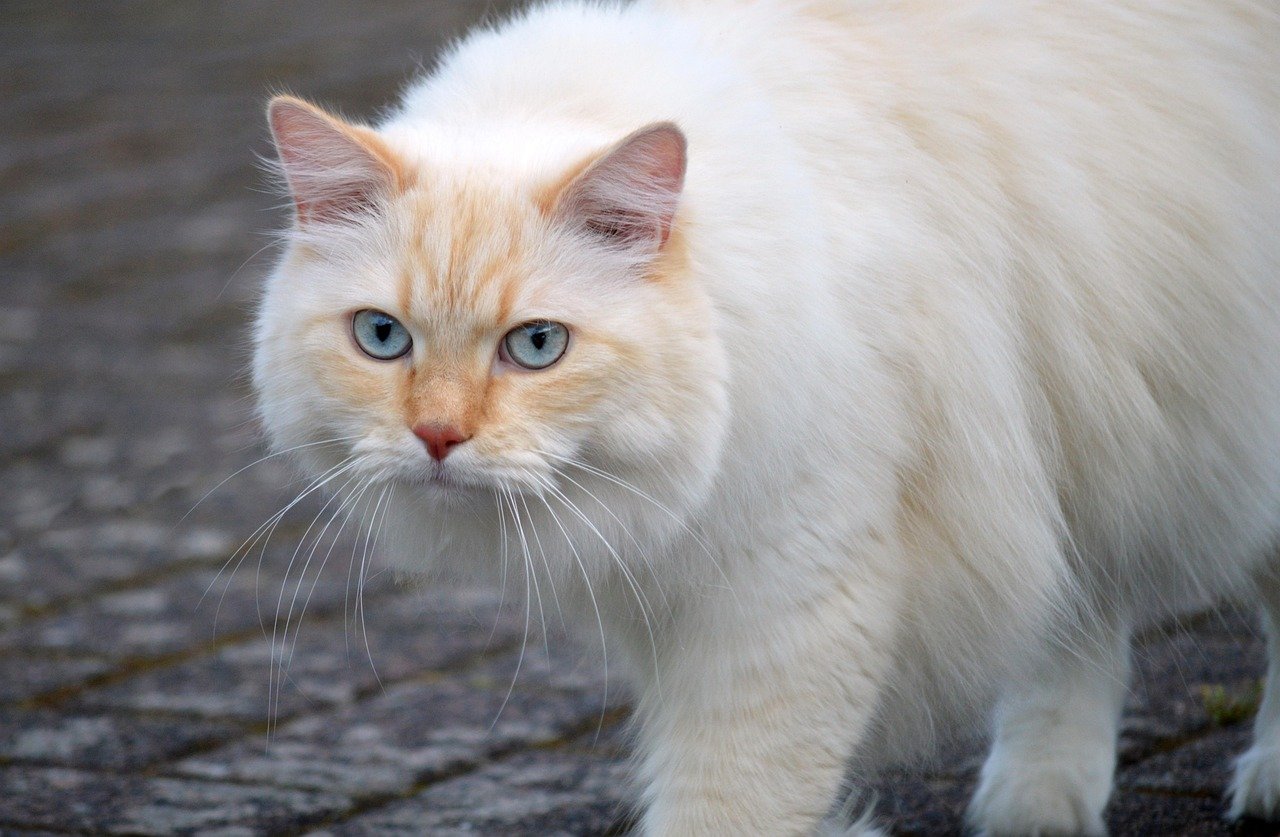
Cats communicate a lot through their body language, and understanding these cues is the first step in building a better relationship. When a cat’s tail is upright and quivering, it might indicate excitement, while a slowly swishing tail could be a warning sign. Recognizing these signals can help you approach your cat at the right time. For instance, if your cat’s ears are flat against its head, it’s best to give it some space. On the other hand, if it’s kneading with its paws, it’s a sign of contentment. By tuning into these subtle cues, you can respond appropriately, making your cat feel understood and more inclined to be sociable.
Creating a Safe Environment
A cat’s friendliness often stems from how safe they feel in their environment. Imagine living in a house where you constantly feel threatened; it’s hard to be social, right? Ensure your cat has safe spaces to retreat to, like cozy beds or high perches. Reducing loud noises and sudden changes can also make a big difference. Introducing new people or pets gradually can prevent overwhelming your cat. Remember, a secure cat is a happy cat, and a happy cat is more likely to be friendly and open to social interactions.
Consistent Routine and Feeding Times
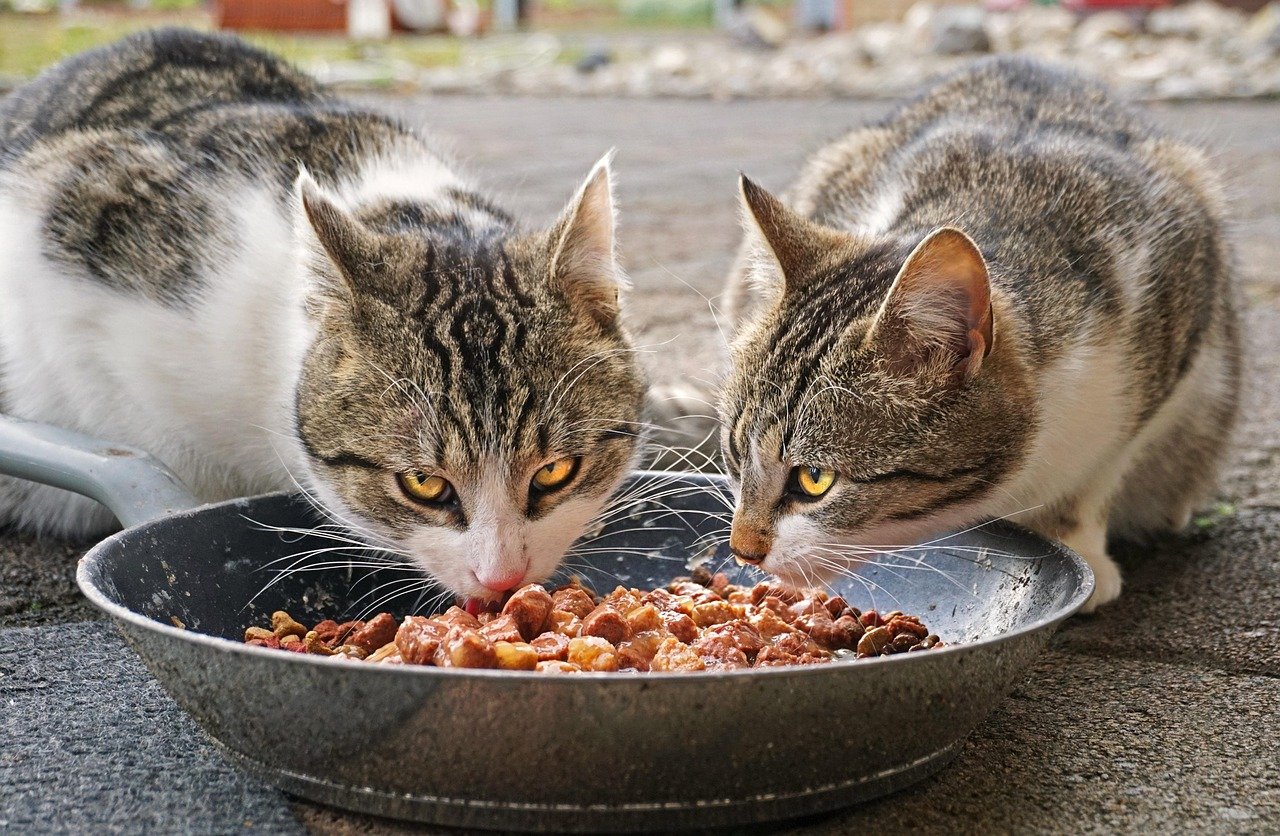
Cats are creatures of habit, and a consistent routine can do wonders for their sociability. By feeding your cat at the same times each day, you create a sense of predictability and security. Regular play sessions and grooming times can also help establish trust and affection. Just like humans, cats thrive on stability. A consistent routine reassures your cat that they are in a safe and caring environment, encouraging them to be more open and friendly with you and others.
Interactive Play and Toys
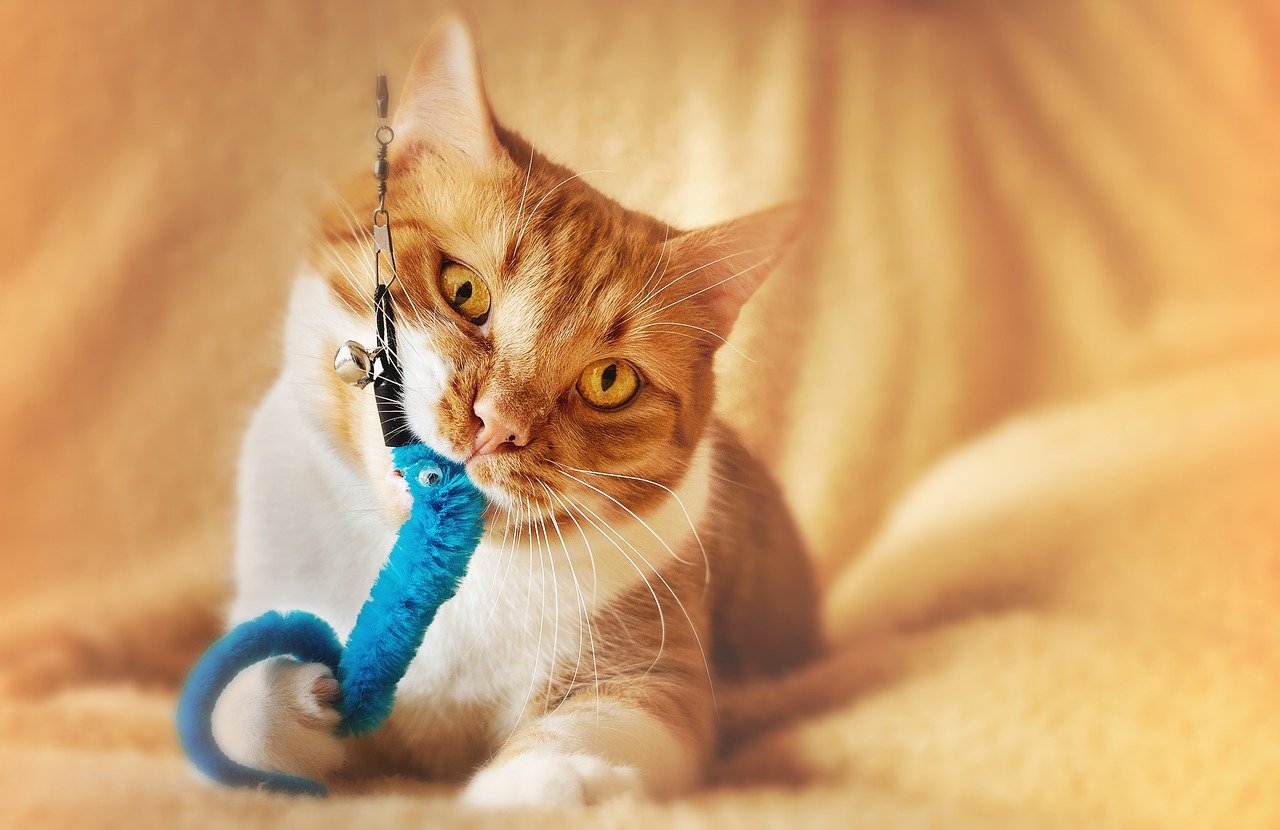
Engaging your cat in interactive play is a fantastic way to build a bond and increase their friendliness. Toys like feather wands or laser pointers can mimic the thrill of the hunt, tapping into their natural instincts. Regular playtime not only provides physical exercise but also mental stimulation, which can reduce anxiety and aggression. By playing with your cat, you’re not only strengthening your relationship but also helping them release pent-up energy, making them more relaxed and sociable.
Positive Reinforcement and Treats
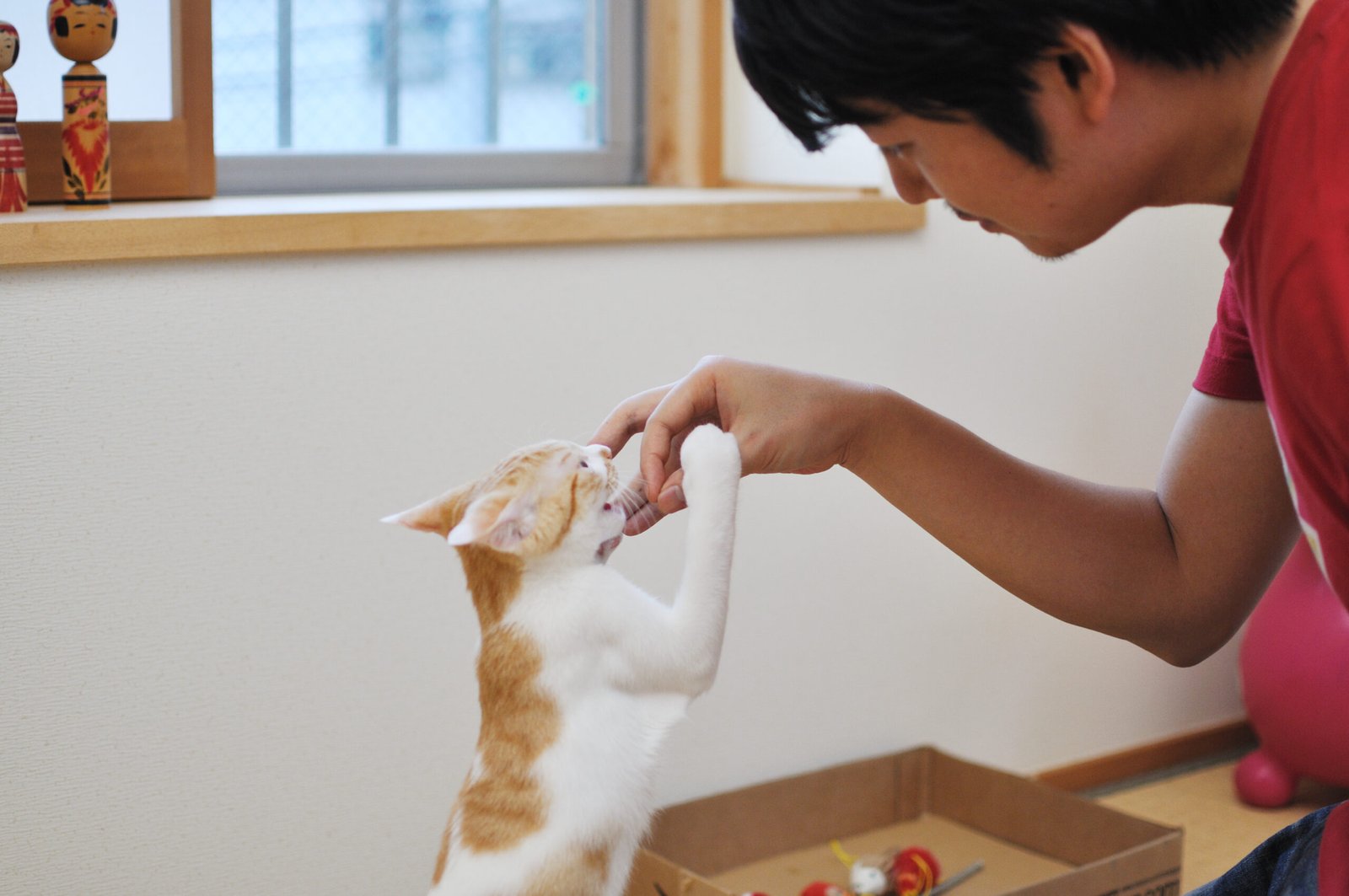
Positive reinforcement is a powerful tool in encouraging friendly behavior. Rewarding your cat with treats, praise, or affection when they exhibit sociable behavior reinforces the idea that being friendly is a good thing. For example, if your cat approaches you or a guest without hesitation, offer a treat or a gentle pet. Over time, your cat will associate friendliness with positive outcomes. Remember, patience is key; every cat is unique and will respond to reinforcement at their own pace.
Encourage Gentle Handling and Petting
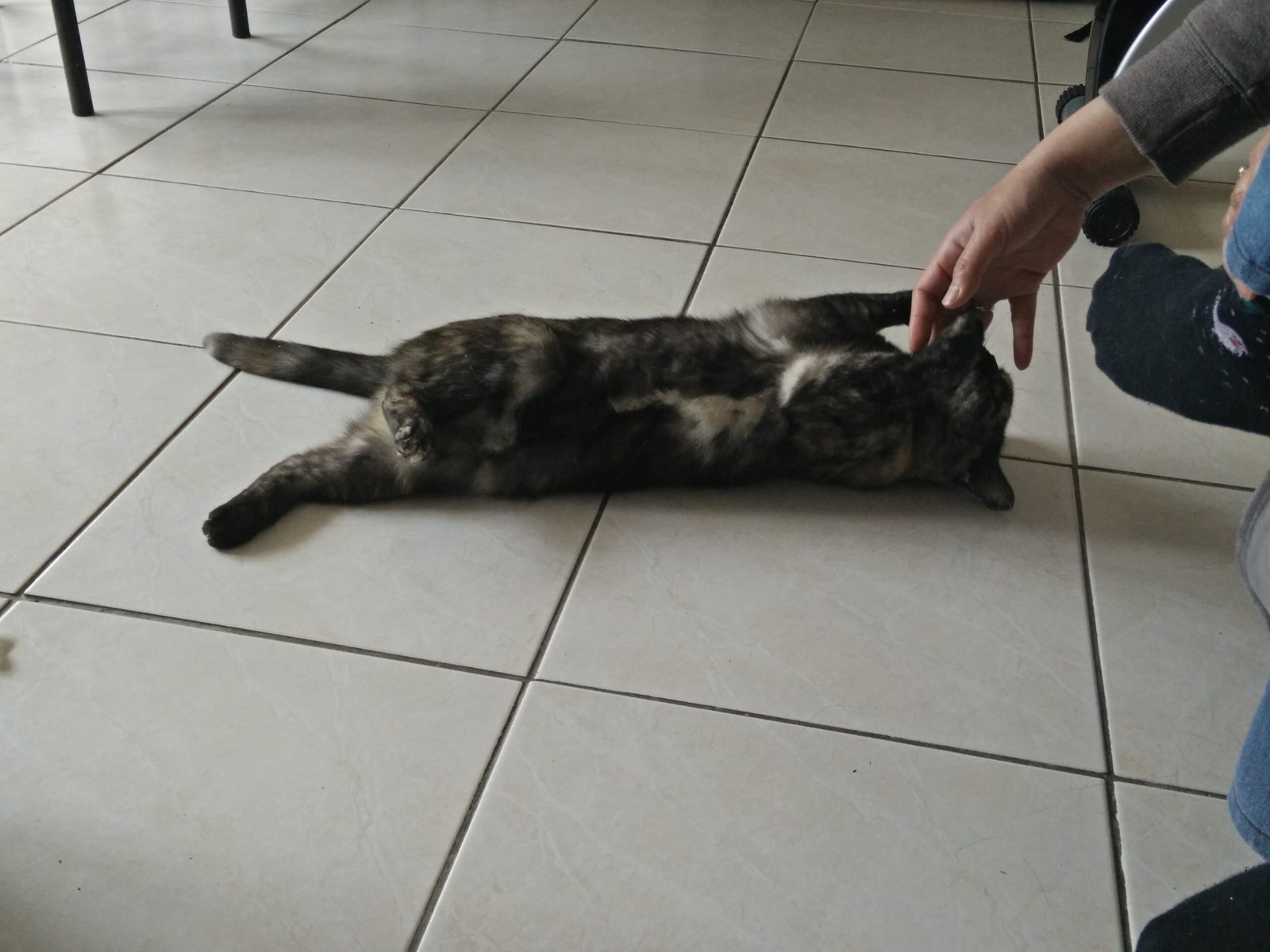
Teaching your cat to enjoy being handled is crucial for their sociability. Start by petting them gently in areas they like, such as under the chin or behind the ears. Gradually increase the duration and areas of petting as they become more comfortable. Be mindful of their reactions; if they pull away or show signs of discomfort, take a step back. By respecting your cat’s boundaries and gradually increasing their comfort with handling, you’re paving the way for a more affectionate and social feline.
Introducing New Experiences Gradually
Cats can be wary of new experiences, so introducing them slowly is vital. Whether it’s a new toy, a new person, or even a new room, take things one step at a time. Allow your cat to explore at their own pace, offering reassurance and treats when they show curiosity. Gradual exposure helps build confidence and reduces fear, making your cat more adaptable and sociable. Remember, patience and consistency are your best allies in helping your cat embrace new experiences.
Socializing with Other Animals
Socializing your cat with other animals can significantly enhance their friendliness. If you have other pets, introduce them slowly and under supervision. Monitor their interactions, rewarding positive behavior with treats or praise. Over time, your cat will learn to coexist peacefully with other animals, reducing their fear and increasing their sociability. A cat that is comfortable around other animals is more likely to be friendly and open with humans as well.
Understanding and Respecting Your Cat’s Limits
Every cat has its own personality and limits, and respecting these boundaries is crucial. Some cats may never be as sociable as others, and that’s okay. Forcing interactions can lead to stress and anxiety. Instead, focus on creating positive experiences and letting your cat come to you. By respecting their limits, you’re building trust and understanding, which can naturally lead to increased friendliness over time.
Seeking Professional Help if Necessary
If your cat remains unfriendly despite your best efforts, it might be time to seek professional help. Veterinarians or animal behaviorists can provide insights into any underlying issues that might be affecting your cat’s behavior. Sometimes, health problems or past traumas can impact a cat’s sociability. A professional can help identify these issues and offer tailored strategies to improve your cat’s behavior. Remember, seeking help is a sign of love and commitment to your cat’s well-being.
In the end, making your cat more friendly and sociable is a journey, not a race. It requires patience, understanding, and a willingness to see the world from your cat’s perspective. By implementing these strategies, you’re not only enhancing your cat’s social skills but also deepening the bond you share. So, are you ready to unlock the friendlier side of your feline companion?





